

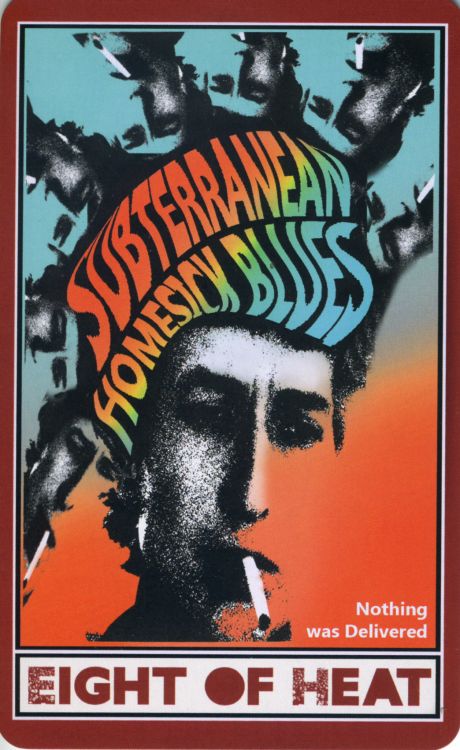 | VARIOUS |
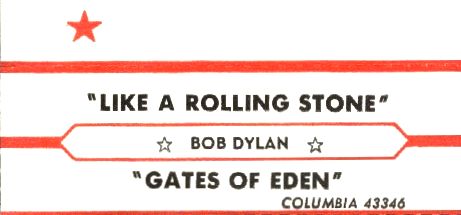 July 1965, USA, Star Title, variants #1 |
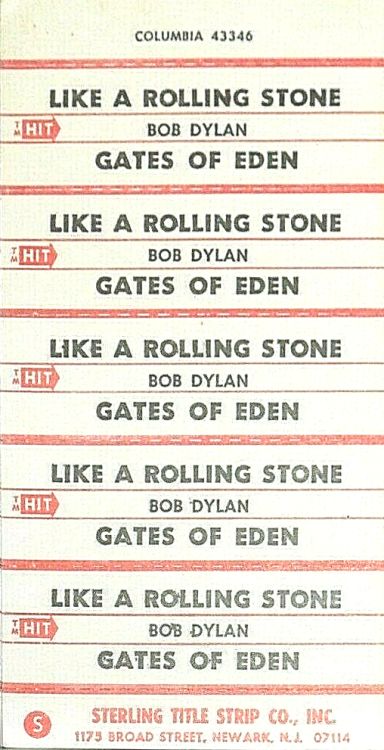 July 1965, USA, Hit, Sterling Title Strip |
 July 1965, USA, Star Title, variants #2 |
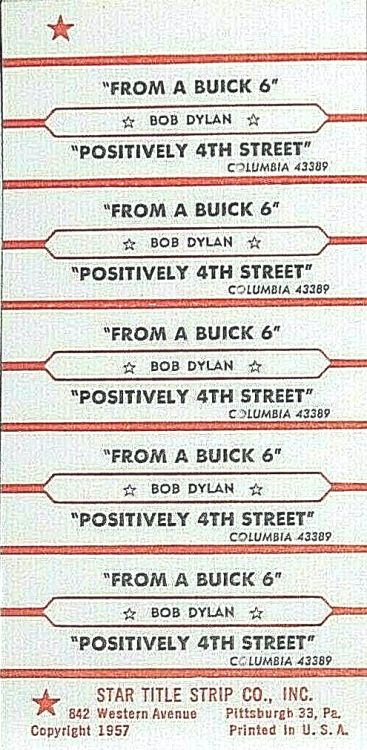
September 1965, USA, Star Title
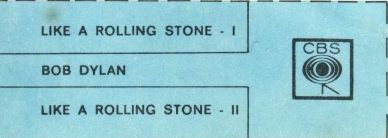
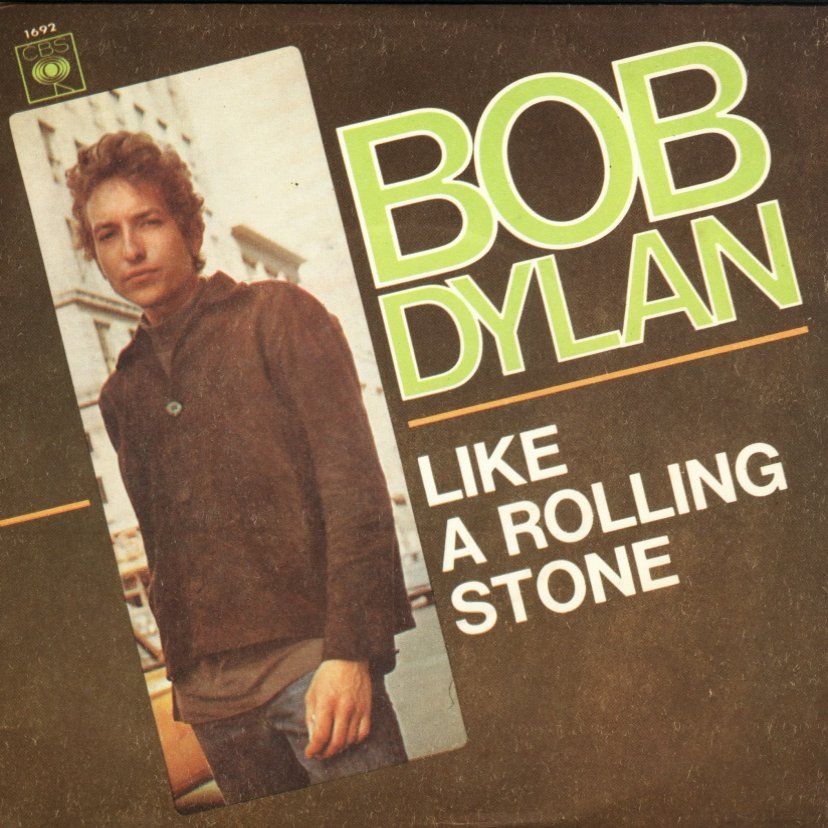
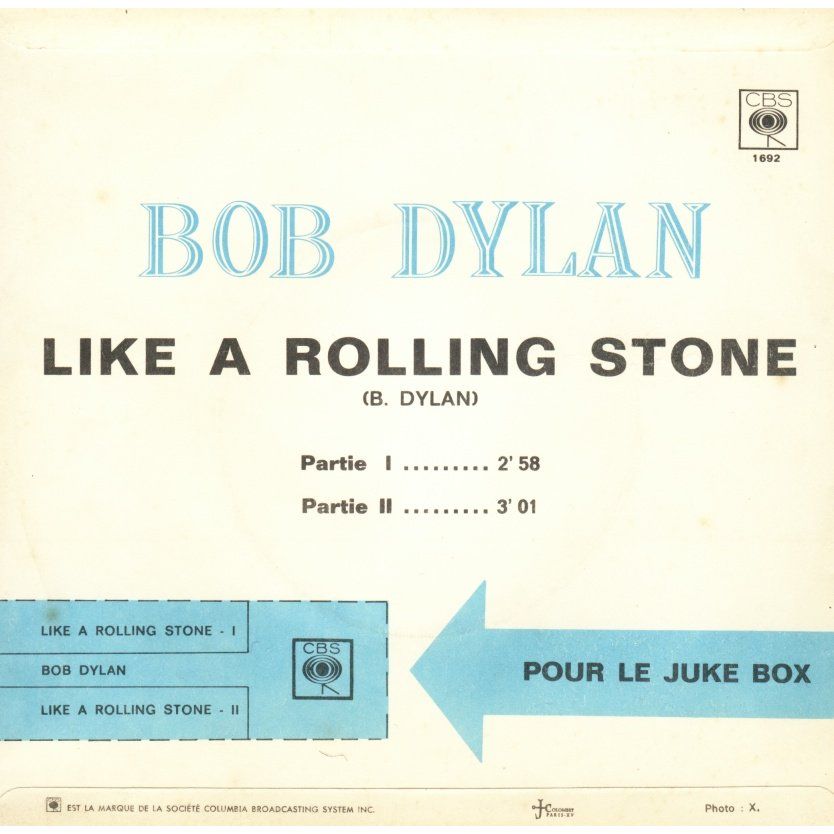
October 1965, France. The strip was part of the back cover
of the pic-sleeve single CBS 1962, and had to be cut off from it.

12 November 1965, Italy, Juke Box Service
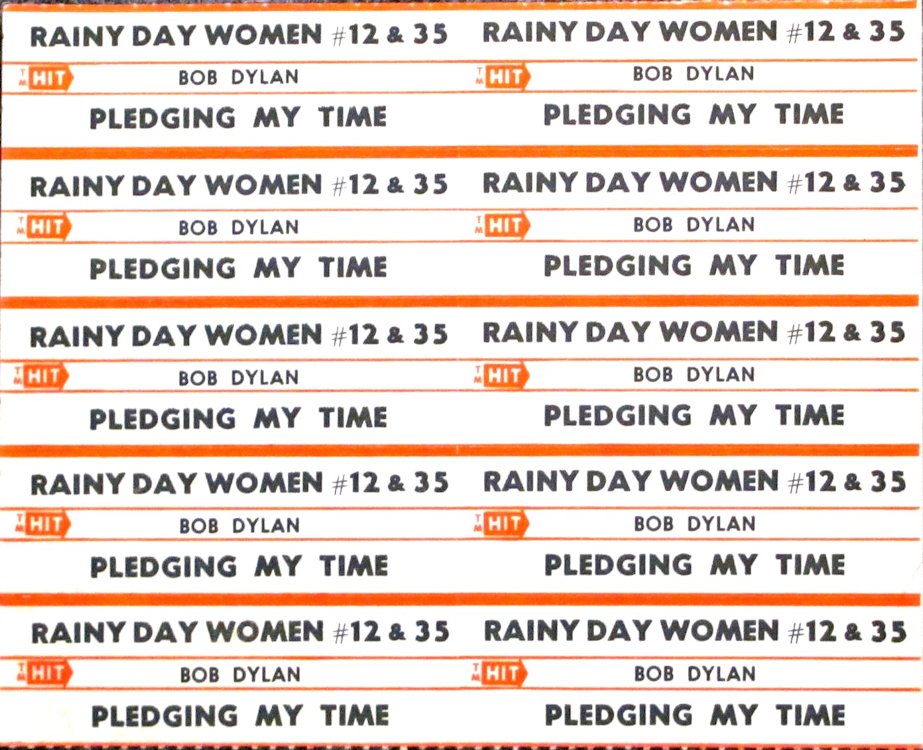
22 March 1966, USA, Hit, Sterling Title Strip

September 1966, Italy, Juke Box Service

1st July 1969, USA, Sterling Title Strip Columbia 4-44926
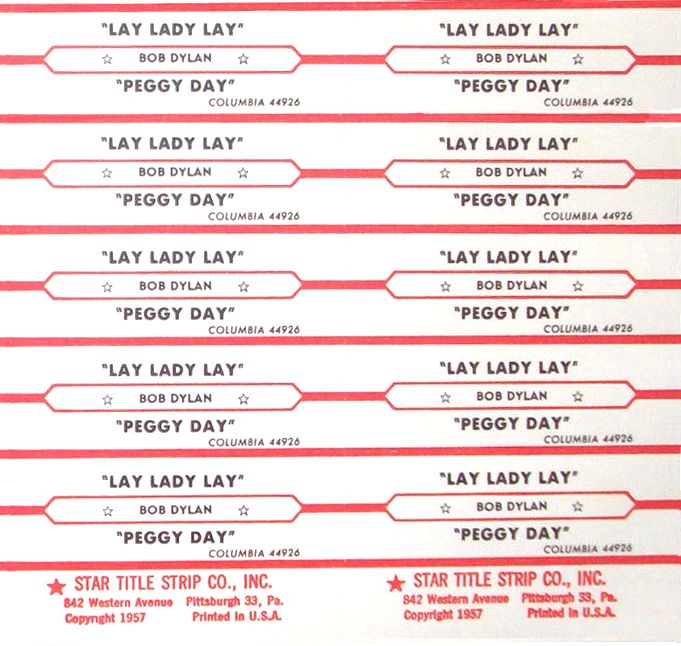

1st July 1969, USA, Star Title, Columbia 44926
Thank you to Jürgen Wasser

1970, Italy, with mispelled Wigwam
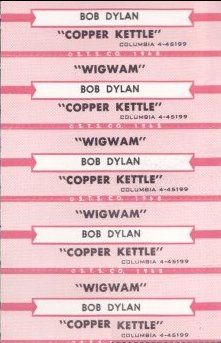
6 July 1970, USA, Sterling Title Strip
 June 1971, USA, Sterling Title Strip |
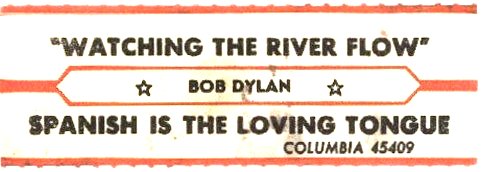 June 1971, USA, Star Title |

9 September 1971, Italy, 'Servizio Juke Box'

1971, Italy, 'Servizio Juke Box'

12 November 1971, USA, Sterling Title Strip
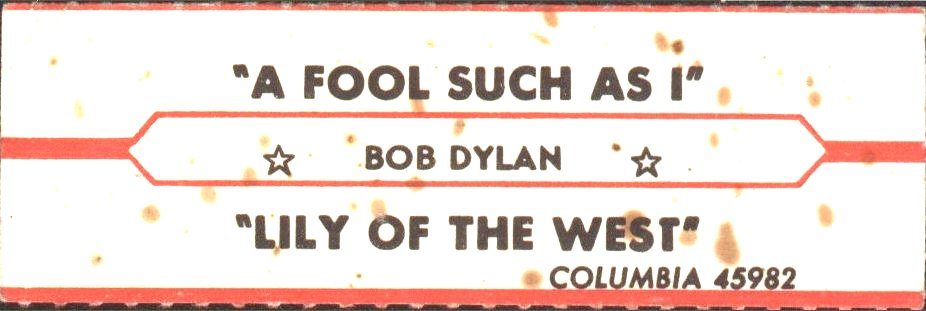 1973, USA, Star Title |
 1973, USA, Sterling Title Strip |

1973, USA, Sterling Title Strip 'Hit Pop'
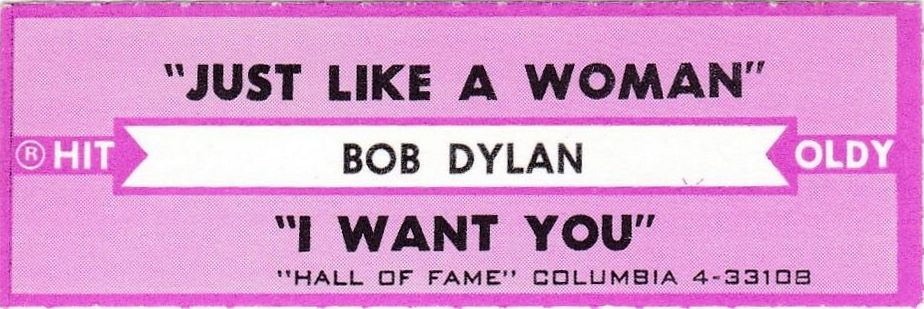
25 April 1973, USA, Hit Oldy, "Hall Of Fame", Sterling Title Strip

September 1973, Sterling Title Strip
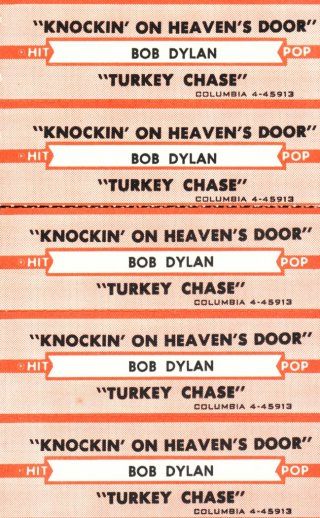

September 1973, USA, Hit Pop, Sterling Title Strip

September 1973, USA, Star Title

1973, Italy, 'Servizio Juke Box'
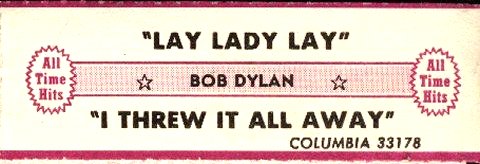 1973, USA, All Time Hits, Sterling Title Strip (?) |
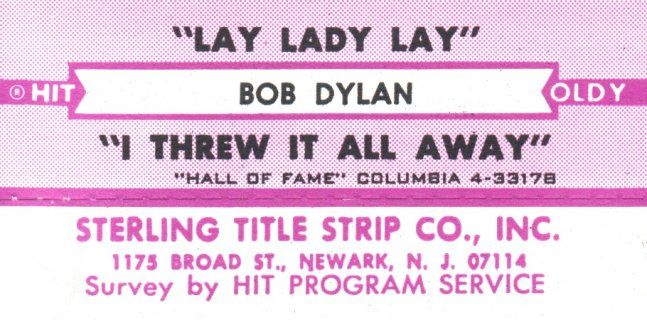 1973, USA Hit Oldy, "Hall Of Fame", Sterling Title Strip |

1973, USA Hit Oldy "Hall Of Fame", Sterling Title Strip
 1973, USA, Hit Oldy, Sterling Title Strip |
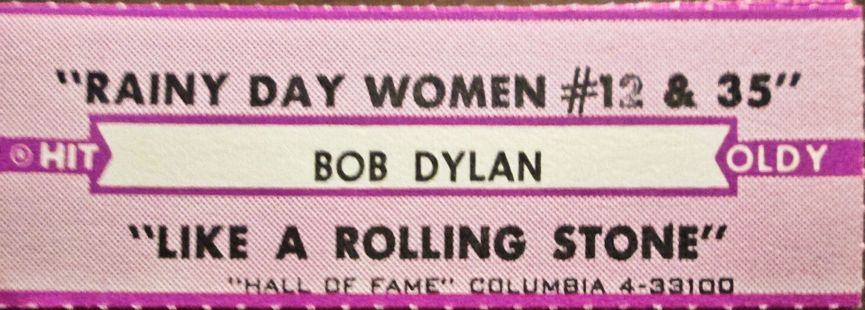 1973, USA, Hit Oldy "Hall Of Fame", Sterling Title Strip |
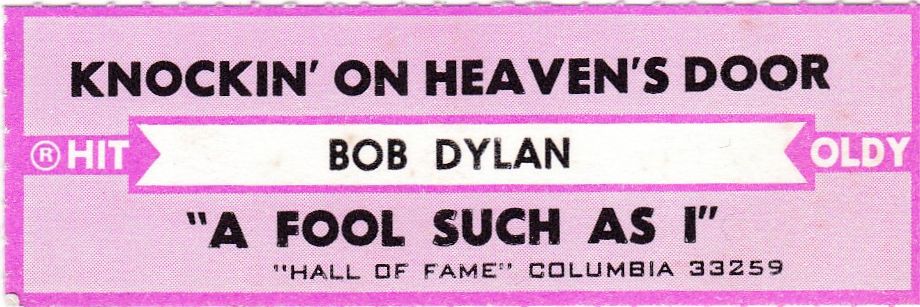
1974, USA, Hit Oldy, "Hall Of Fame", Sterling Title Strip
 1974, USA, Sterling Title Strip |
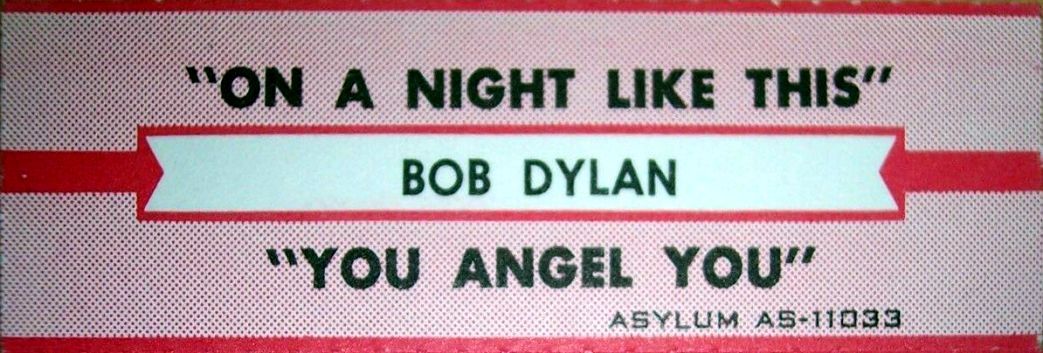 1974, USA, Sterling Title Strip |
 1974, Italy, 'Tuttosole' |
 1974, Italy, Sapar |

February 1975, USA, Star Title Strip
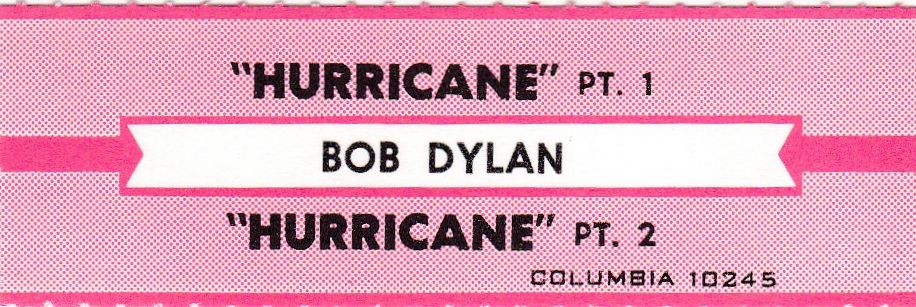
November 1975, USA, Sterling Title Strip
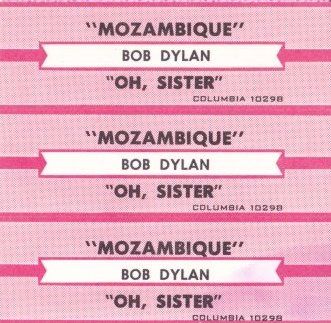
February 1976, USA, Sterling Title Strip set
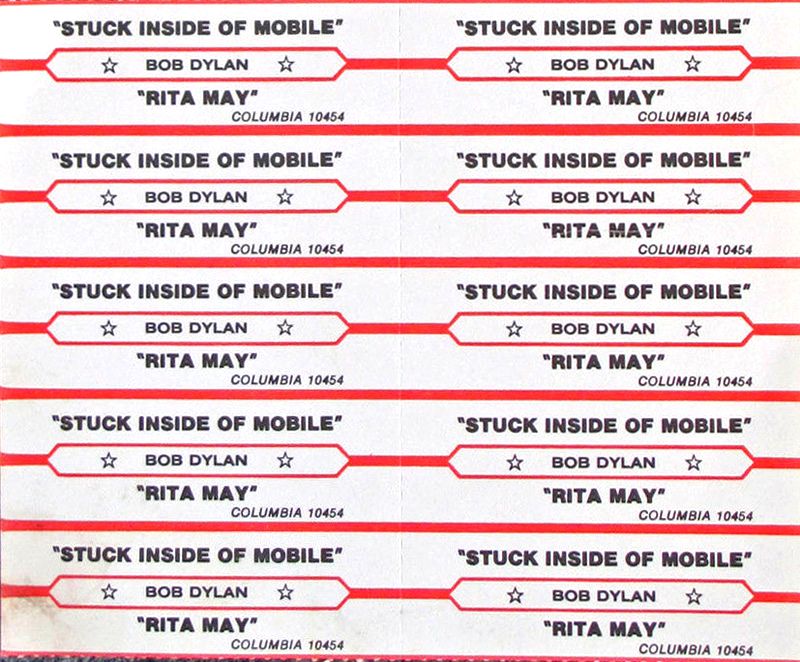
November 1976, USA, Star Title

November 1976, USA, Sterling Title Strip
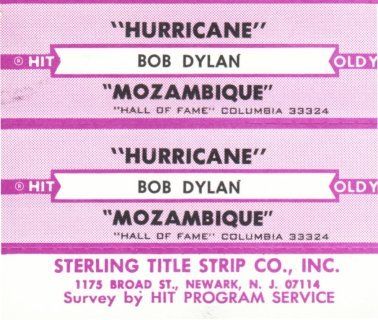
November 1976, USA, Hit Oldy, "Hall Of Fame", Sterling Title Strip

1976, USA, "Hall Of Fame", Sterling Title Strip
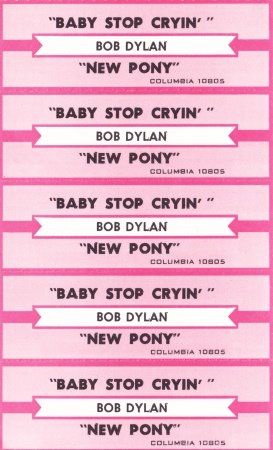

31 July 1978, USA, Sterling Title Strip
 December 1978, Italy, Festival Albar 78, Bob Dylan / Ana Y Johnny |
 December 1978, Italy, Festival Albar 78, Bob Dylan / The Sunshine Band |

1979, Italy (CIAO 2001)
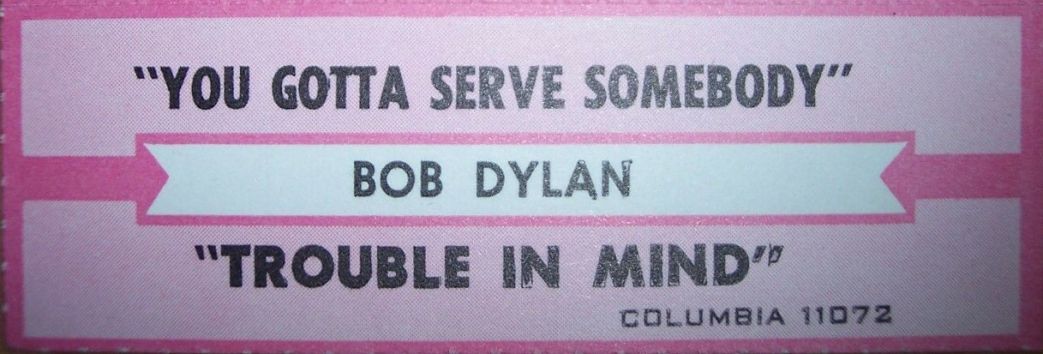 August 1979, USA, Sterling Title Strip |
 August 1979, USA, Sterling Title Strip |

March 1980, USA, Sterling Title Strip

September 1980, Italy (CIAO 2001)
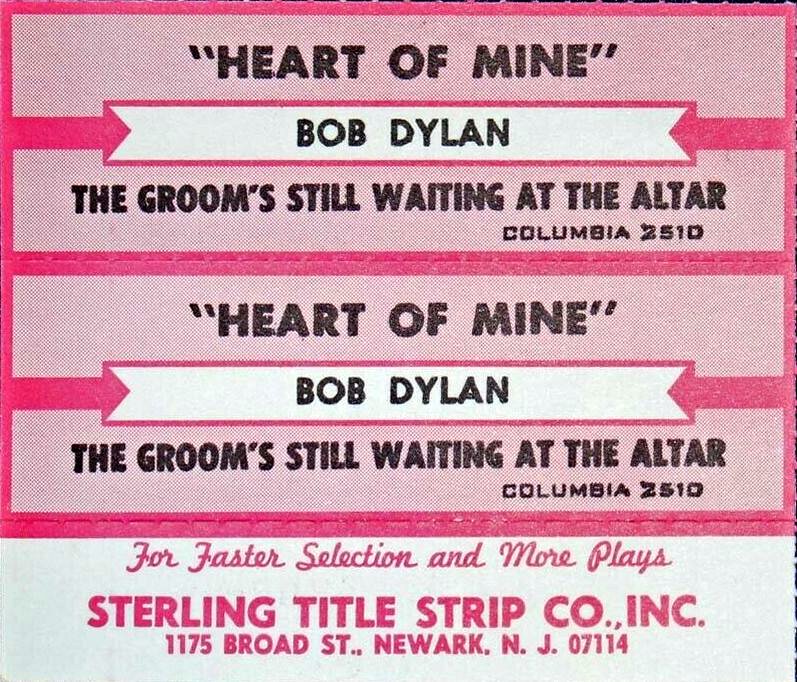
September 1981, USA, Sterling Title Strip

1983, USA, Sterling Title Strip

November 1983, CBS 'The Family Of Music'.
The B side actually plays Isis,
live from the movie RENALDO & CLARA

1st June 1984, USA, Sterling Title Strip
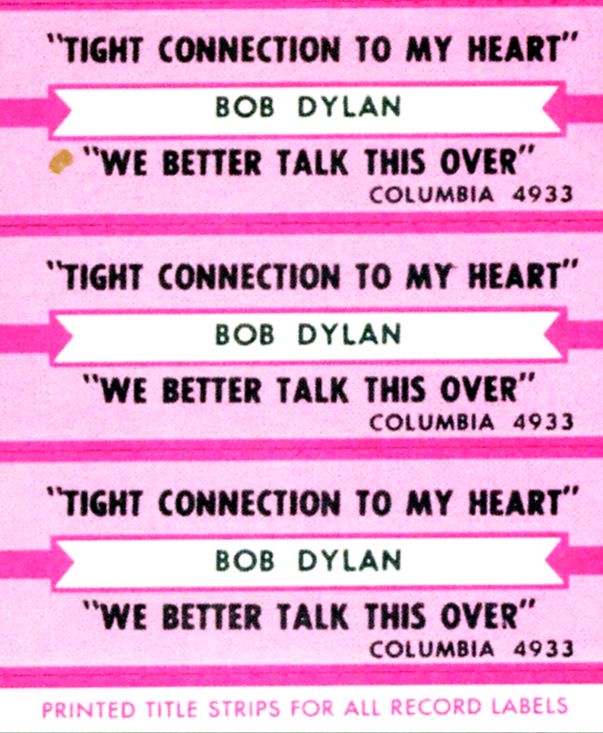
1985, USA, Sterling Title Strip
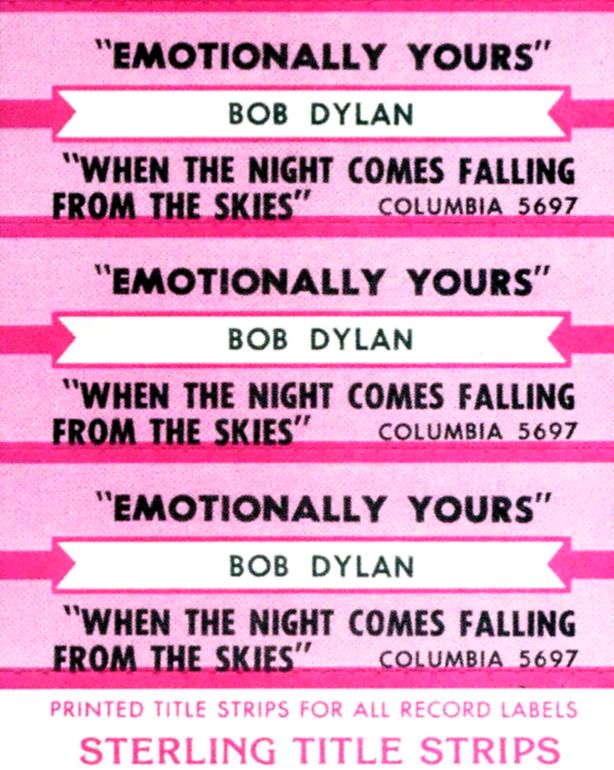
1985, USA, Sterling Title Strip

1985, Italy, Saint-Vincent, Disco Estate '85

1980s (late), USA, Hit Oldy, Sterling Title Strip
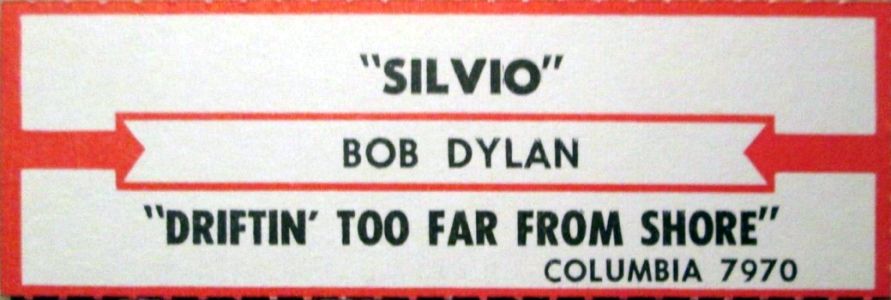
1988, USA, Sterling Title Strip
Thank you to Jürgen Wasser

October 1990, Italy. Unbelievable actually plays Born In Time!
 1997, USA, 'Classic Hit', Sterling Title Strip |
 1997, USA, 'Classic Hit', Sterling Title Strip |
 1997, USA, 'Classic Hit', Sterling Title Strip |
 1997, USA, 'Classic Hit', Sterling Title Strip |